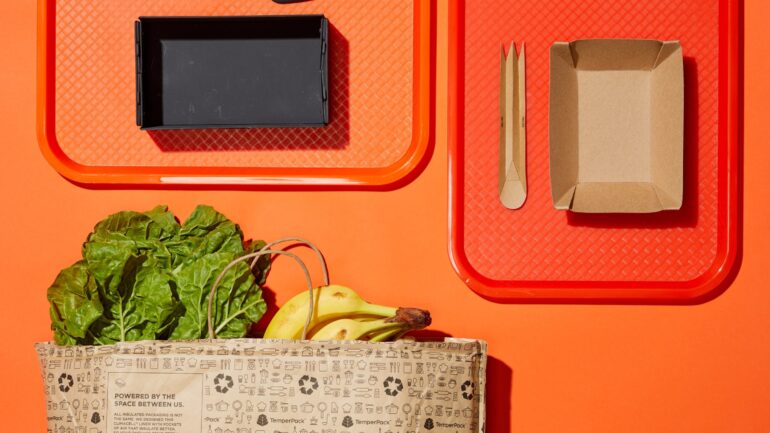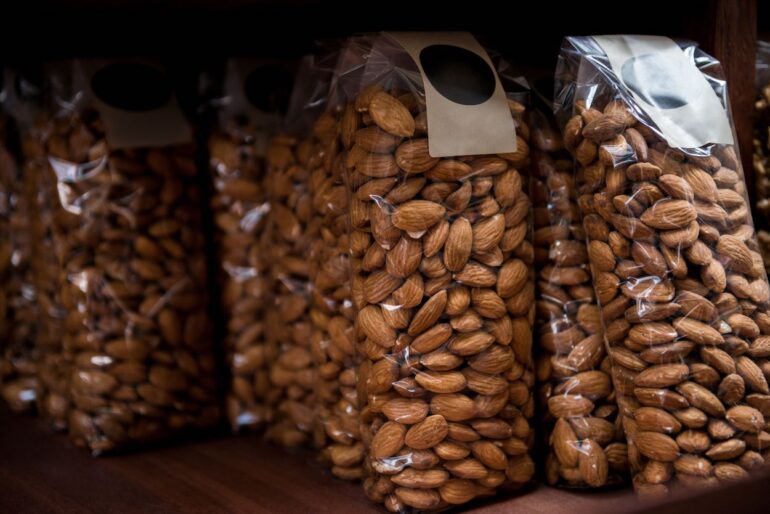In the realm of food packaging, the adoption of flexible packaging solutions has garnered significant attention, particularly within the domain of dry foods. The evolution of packaging technologies and consumer preferences has propelled flexible packaging to the forefront, heralding a new era of efficiency, sustainability, and innovation in the packaging of dry food products.
This article delves into the multifaceted advantages that flexible packaging offers for dry foods, encompassing aspects such as cost efficiency, extended shelf life, brand visibility, and sustainability. By elucidating the strategic implications of flexible packaging in the context of dry foods, this exploration aims to provide valuable insights for industry stakeholders seeking to optimize their packaging strategies and capitalize on emerging trends in the market.
Cost Efficiency and Versatility

The adoption of flexible packaging for dry foods offers a myriad of advantages, particularly in terms of cost efficiency and versatility. Here’s a breakdown of how flexible packaging excels in these areas.
Material Savings:
- Flexible packaging typically requires fewer materials compared to rigid alternatives, resulting in reduced packaging costs.
- Lightweight materials such as films and laminates contribute to lower shipping expenses, further enhancing cost efficiency.
Production Efficiency:
- The flexibility of packaging materials facilitates streamlined manufacturing processes, leading to improved production efficiency and reduced labor costs.
- Advanced printing technologies enable high-quality graphics and branding elements to be applied directly onto flexible packaging materials, eliminating the need for additional labeling or secondary packaging.
Customization Options:
- Flexible packaging can be tailored to accommodate various shapes, sizes, and product configurations, allowing for versatile packaging solutions across a diverse range of dry food products.
- Customizable features such as spouts, zippers, and handles enhance the functionality of flexible packaging, meeting specific consumer preferences and enhancing product differentiation.
Storage and Transportation:
- The compact nature of flexible packaging enables efficient storage and transportation, optimizing warehouse space and reducing logistical costs.
- Flexible packaging materials offer superior stackability and stability, maximizing container fill rates and minimizing transportation volumes.
Extended Shelf Life and Convenience

Flexible packaging for dry foods offers significant advantages in terms of both extending shelf life and enhancing consumer convenience.
Flexible packaging materials can be engineered with advanced barrier properties, providing optimal protection against moisture, oxygen, light, and other factors that can compromise the quality and shelf life of dry foods. These barrier properties help to maintain product freshness and integrity throughout the distribution and storage process, ultimately reducing food waste and extending the shelf life of dry foods.
Additionally, flexible packaging enables the implementation of modified atmosphere packaging (MAP) techniques, wherein the internal atmosphere of the package is modified to slow down the degradation of food products. By adjusting the composition of gases within the package, MAP can effectively retard microbial growth, enzymatic reactions, and oxidative processes, thereby prolonging the shelf life of dry foods without the need for preservatives or additives.
In terms of convenience, flexible packaging designs often incorporate user-friendly features such as resealable closures, tear notches, and easy-open seals. These features enhance consumer convenience by facilitating multiple consumption occasions and ensuring ease of use. With flexible packaging, consumers can conveniently access and portion out dry foods as needed, without the hassle of dealing with bulky or cumbersome packaging. Overall, the combination of extended shelf life and convenience makes flexible packaging an ideal choice for packaging dry foods, meeting both functional and practical needs for consumers and manufacturers alike.
Brand Visibility and Marketing Opportunities

Flexible packaging stands as a dynamic platform for enhancing brand visibility and capitalizing on marketing opportunities within the dry foods sector. Here’s how flexible packaging facilitates effective brand communication and engagement:
Flexible packaging offers a canvas for vibrant and customizable graphics, enabling brands to convey their unique identity and communicate key brand messages effectively. With advanced printing techniques and innovative design elements, brands can create visually captivating dry fruit packaging that captures consumer attention and reinforces brand recognition. Moreover, flexible packaging can incorporate interactive elements such as QR codes, augmented reality (AR), and near-field communication (NFC) tags. These interactive features provide opportunities for immersive brand experiences, allowing consumers to engage with the product and brand story in innovative ways.
In addition to visual appeal and interactivity, flexible packaging provides ample space for promotional messaging, including product benefits, nutritional information, and promotional offers. Brands can leverage this space to convey compelling narratives, highlight product attributes, and incentivize purchases through limited-time promotions or loyalty programs.
Distinctive packaging shapes, textures, and finishes help products stand out on the shelf and attract consumer attention amidst crowded retail environments. By investing in unique dry fruit packaging designs and materials, brands can differentiate themselves from competitors and create memorable brand experiences for consumers.
Furthermore, sustainable packaging materials and practices can be integrated into brand messaging, aligning with consumer values and enhancing brand reputation. Brands can communicate their commitment to environmental stewardship through packaging design, highlighting eco-friendly attributes and initiatives to resonate with environmentally conscious consumers.
In essence, flexible packaging offers a multifaceted platform for brands to enhance visibility, engage consumers, and drive marketing initiatives in the competitive landscape of dry foods. By leveraging customizable graphics, interactive features, and sustainability messaging, brands can establish a strong brand presence, foster consumer loyalty, and capitalize on market opportunities.
Sustainability and Protection

In the realm of dry food packaging, sustainability and protection stand as paramount considerations. Flexible packaging solutions offer a dual benefit by addressing both aspects comprehensively.
From a sustainability perspective, flexible packaging materials present opportunities for reducing environmental impact throughout the product lifecycle. Manufacturers can opt for recyclable, biodegradable, or compostable materials, aligning with circular economy principles and minimizing waste generation. Additionally, lightweight materials contribute to reduced transportation emissions and energy consumption, further enhancing the sustainability profile of flexible packaging.
Furthermore, innovative packaging designs and manufacturing processes enable the optimization of material usage, resulting in resource conservation and cost savings. Sustainable practices such as source reduction, material recycling, and eco-friendly printing techniques contribute to a more environmentally responsible approach to dry food packaging.
In terms of protection, flexible packaging excels in safeguarding dry foods from external elements that could compromise quality and safety. Barrier properties inherent in flexible packaging materials create a protective shield against moisture, oxygen, light, and microbial contamination, preserving product freshness and extending shelf life.
Moreover, advanced sealing technologies ensure hermetic seals that prevent leakage and tampering, enhancing product integrity and consumer confidence. Packaging designs can also incorporate features such as tear resistance, puncture resistance, and shock absorption to provide additional protection during handling, transportation, and storage.
In summary, the adoption of flexible packaging for dry foods offers a sustainable and protective solution that addresses both environmental concerns and product integrity. By leveraging innovative materials, manufacturing processes, and design strategies, brands can enhance their sustainability credentials while ensuring the safety and quality of their products throughout the supply chain.
In conclusion, flexible packaging emerges as a versatile and sustainable solution for packaging dry foods, offering a host of benefits ranging from cost efficiency and extended shelf life to brand visibility and protection. By leveraging innovative materials and design strategies, brands can enhance their competitive edge while meeting the evolving demands of consumers and regulatory requirements.
The adoption of flexible packaging not only contributes to environmental sustainability but also ensures product integrity and consumer satisfaction throughout the supply chain. As the dry foods industry continues to evolve, embracing flexible packaging as a strategic imperative will position brands for success in a dynamic and competitive market landscape.
